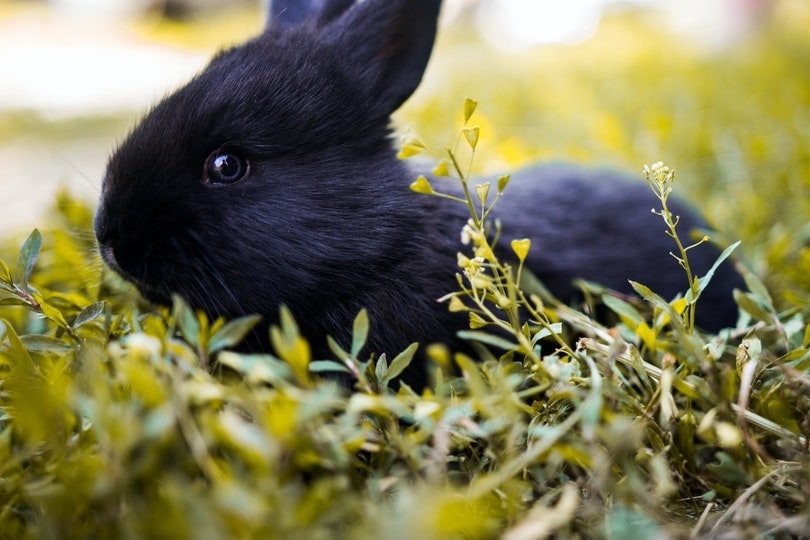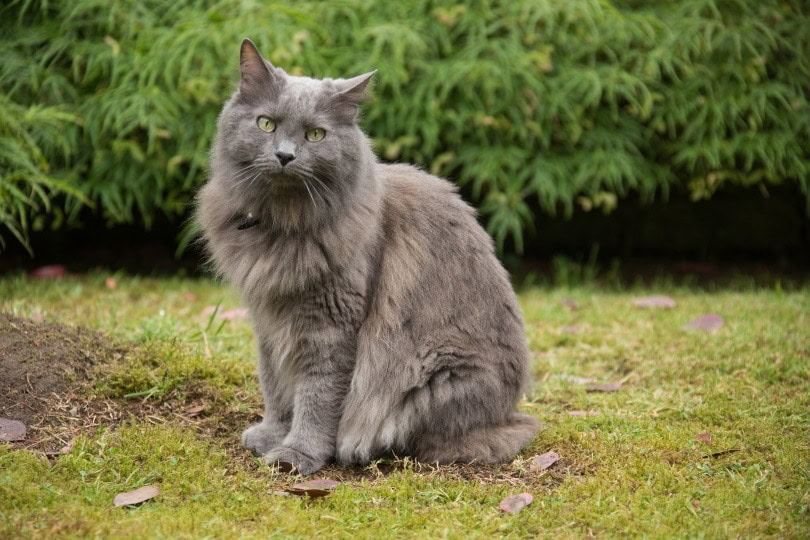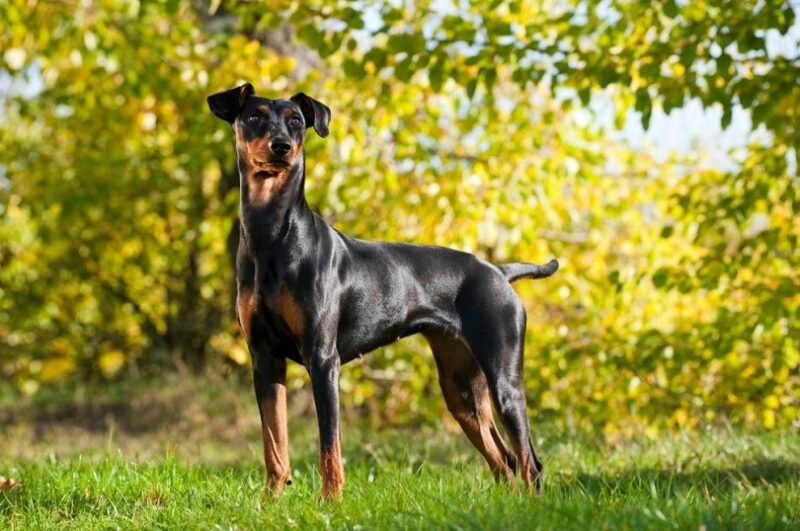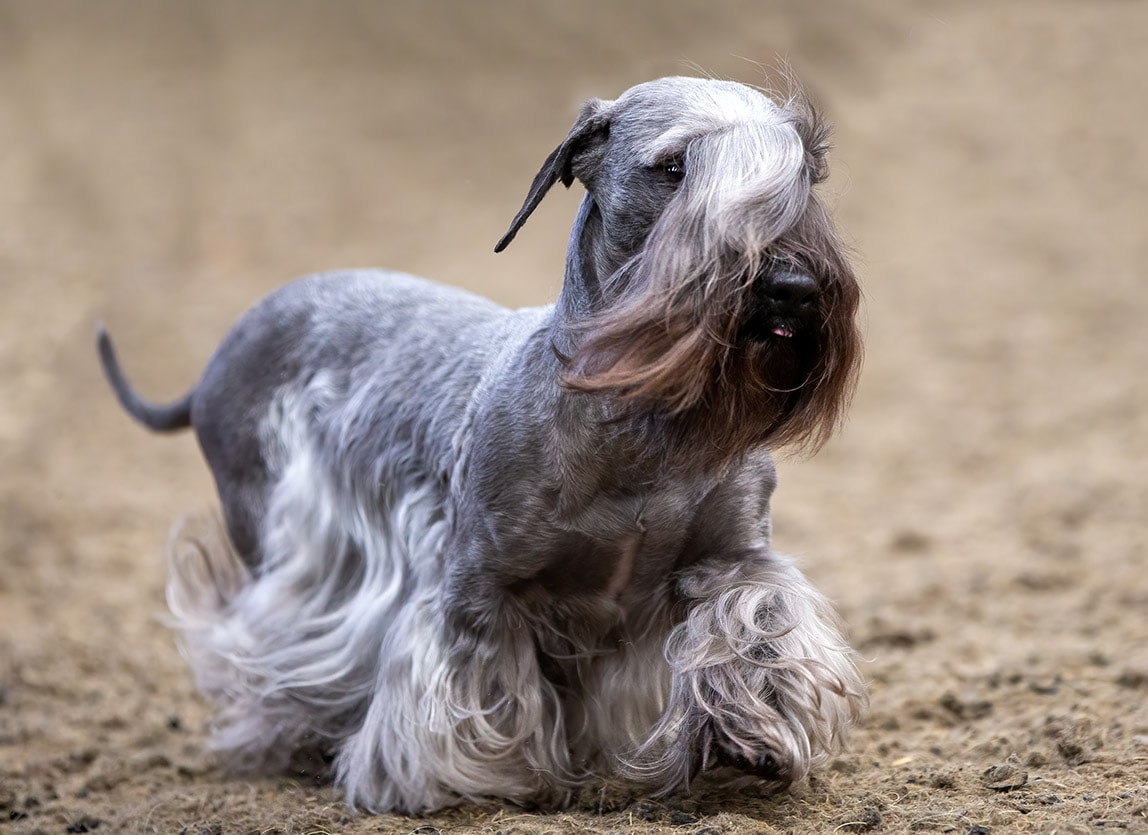| Size: | Miniature |
| Weight: | Less than 6 pounds |
| Lifespan: | 7–12 years |
| Body Type: | Compact |
| Temperament: | Sweet, intelligent, and kind |
| Best Suited For: | First-time rabbit owners, families with older children, single rabbit owners |
| Similar Breeds: | Holland Lop, Netherland Dwarf, Mini Rex |
Despite their island name, the Havana rabbit does not hail from Cuba. Where is this rabbit from, and why are they named after the capital city of an island nation near the United States?
We will be answering all those questions and more in this guide to the compact and cuddly Havana rabbit breed. After covering their history and origins, we will fill you in on helpful tips and hints for aspiring Havana owners. When you are finished reading, you’ll know just what it takes to care for this popular breed.

History & Origin of the Havana Rabbit Breed
The Havana was developed in the Netherlands. Originally known as the “Castor” breed after their resemblance to the color of a beaver, a French enthusiast renamed them after the color of rich Cuban cigars in 1903.
The Havana comes from a chance mating between two equally non-descript rabbits on a farm in the Netherlands. By some miracle of genetics, these two rabbits produced a litter with attractive dark brown kits. Subsequent inbreeding deepened the color of the coat, giving them the richness that eventually led to their name.
Havanas were exported to the United States in 1916, and their plush fur and gentle disposition won them many fans. They’re been popular rabbits for shows and as house pets ever since.
Havana Rabbit Overview
The Havana is small and compact; they’re not as small as a miniature rabbit (like the Netherland Dwarf) or large enough to be considered a standard size. This in-between size has made them popular as a house rabbit, where they take up little space but have the mellow personality of a larger rabbit.
Their thick and luscious fur makes them a joy to pet, groom, and hold. Thankfully, most Havanas enjoy being handled and will easily take to being carried if introduced to it from a young age.
Nutrition and Health
Smaller rabbits are less prone to degenerative health problems and enjoy a longer life span than their larger counterparts. A Havana rabbit will likely live over a decade if given a proper diet and exercise.
Fresh, filtered water and timothy hay should form most of your rabbit’s diet. Always make them available to your rabbit in multiple places in your home. Supplement this with a daily serving of greens for extra vitamins and minerals, and keep sugary treats to a minimum.
Though they are small, it is crucial to give your Havana plenty of room to move, explore, and stretch in their enclosure. When possible, litter train them so they can roam more freely around your house.
Grooming
The thickly textured coat of a Havana requires more frequent grooming than most small rabbits. For most of the year, aim to brush them at least twice weekly. As soon as spring’s shedding season starts, expect to increase this frequency to five times per week. This will prevent any problems that could occur from your Havana ingesting too much of their hair.
Temperament
Many smaller breeds have a reputation for being quite zesty, even bordering on aggressive, but not the Havana! These lovely rabbits possess a gentle disposition and often love to cuddle humans and other rabbits. They require little emotional maintenance or training and make excellent pets for first-time and experienced rabbit owners.


Final Thoughts
Whether named for their resemblance to a beaver or a fine Cuban cigar, the Havana is surely a kind and gentle rabbit that has brought joy to many pet owners. If you are looking for a smaller rabbit that is sweet and kind, the Havan is among the best breeds that you can adopt.
Featured Image Credit: Petar Starčević, Pexels










